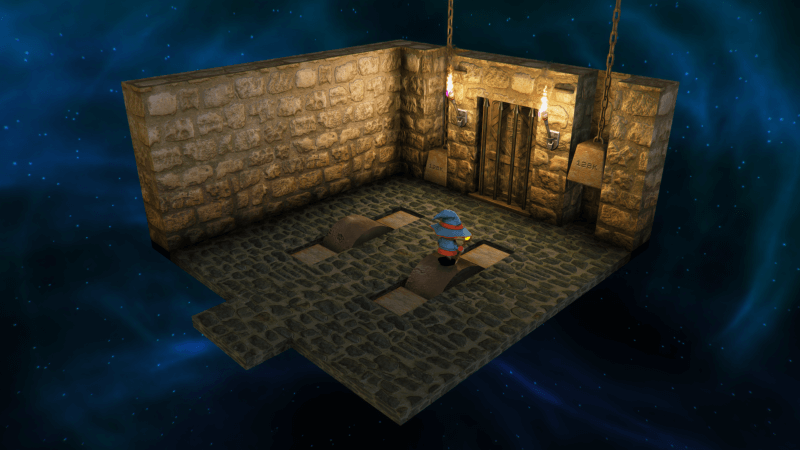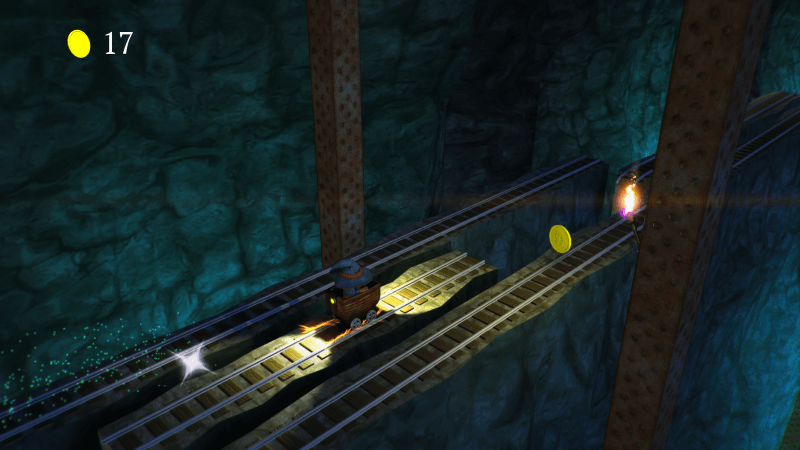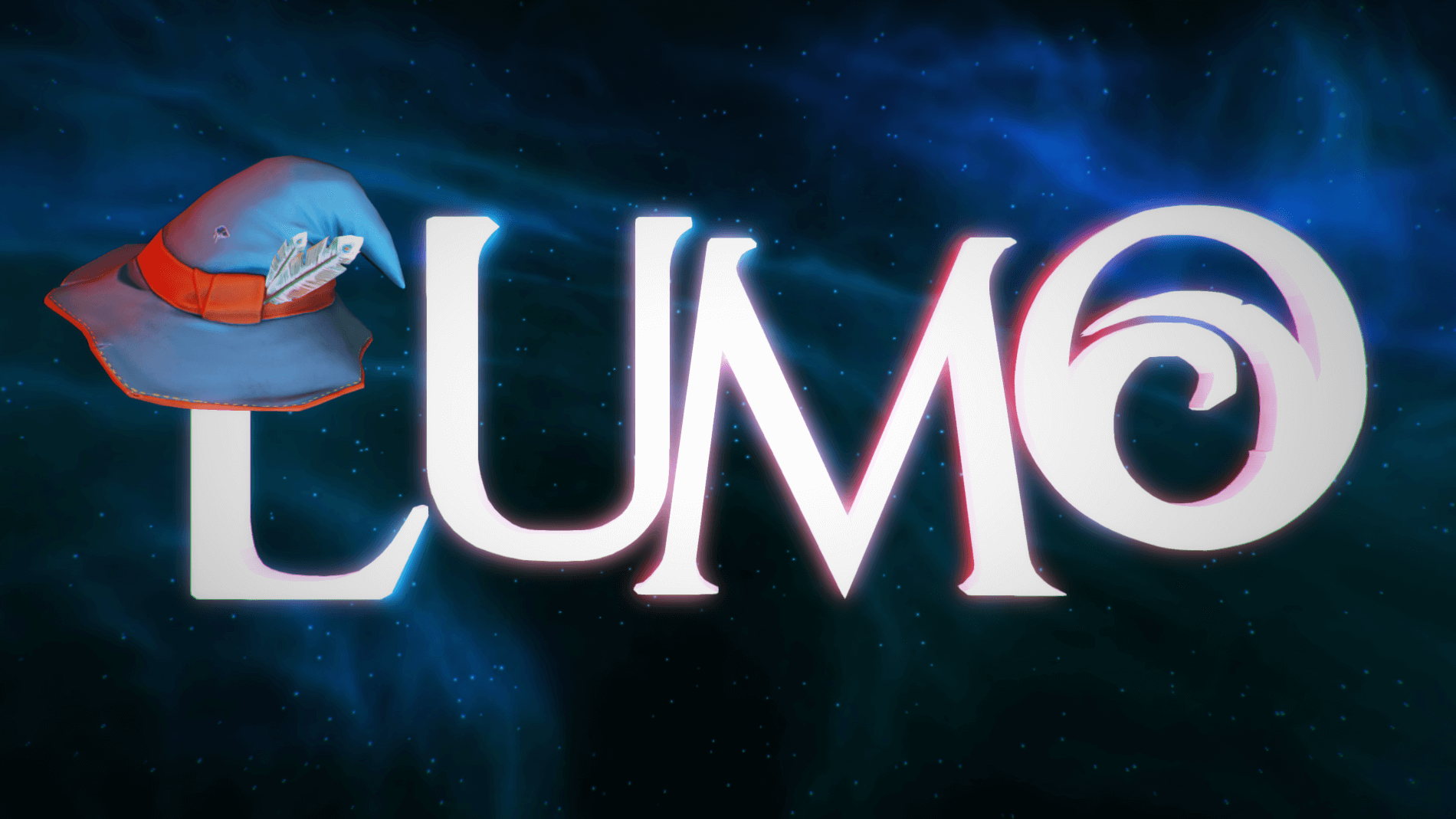Title: Lumo
Available On: PC, Mac, SteamOS, Linux
Developer: Triple Eh?
Publisher: Rising Star Games
Genre: Isometric Platformer
Official Site: https://play-lumo.com/
Release Date: May 24th, 2016
Where to Buy: Steam
Lumo is, at its heart, a love letter to days gone by. The Easter eggs, the gameplay, the camera perspective itself: it’s all a return to the substance and style of the 80’s. However, that doesn’t mean it’s a game that is stuck in the past: quite the opposite. With modern graphics and mechanics, Lumo combines all the best things of retro and contemporary gaming. Whether you want a trip down memory lane or don’t care one jot about retro and fancy a quality puzzle platformer, Lumo offers a light-hearted jaunt for anyone who could use a little less stress and a little more adventure in their lives.
[embedyt] https://www.youtube.com/watch?v=-jiivNMsSNI[/embedyt]
“Being lost isn’t scary… it’s an adventure!” are the words that splash across the screen in Lumo‘s launch trailer, and also best summarise the title as a whole. Is there a plot? A vague one, certainly, involving a young kid being transported to a gaming world through an arcade machine (yes, a Tron reference in the first 30 seconds of gameplay). Are there objectives? Not really, apart from constant progression. What is the point of the game? To adventure! To explore! To enjoy yourself. Too often we forget that games are primarily a form of entertainment. They don’t always have to make some grand political point or have a blockbuster narrative. Lumo’s objective boils down to one thing: to have an adventure and explore this as-yet-unknown pixelated world. Not every game needs an intricate plot to be engaging, and Lumo does just fine without one.
Though there isn’t a story as such, there are certainly plenty of references to the games of the 80’s and 90’s. These Easter eggs range from mini-games to complete level designs. The game has obviously taken inspiration from the golden age of gaming in more than just a few winks and nods – there were more than a few puzzles that reminded me heavily of Legend of Zelda: Ocarina of Time, for example. Imitation is truly the sincerest form of the flattery, and Lumo does this in spades. Despite this, it manages to put its own unique spin on it, including some puzzle mechanics which I have never encountered before. It isn’t just pushing crates and pulling levers with Lumo.

Speaking of the puzzles, while there are a few interesting bits and pieces, the gameplay of Lumo couldn’t exactly be described as unique. While the appearance of an isometric platforming puzzler is relatively unique in the modern industry (with most platforming games nowadays seemingly being relegated to 2D sidescrollers), the way you play should be obvious to nearly anyone who has played a video game in the last 35 years. Jump across platforms, avoid spiky things, solve the puzzles.
But the thing is, this simplicity is a point in Lumo’s favour. Too much reliance on a hefty tutorial for such a game is either a sign of over-complicating your game or underestimating your audience. Lumo does neither. Very rarely does it need to explain any of the puzzle pieces, the levels or even the controls. You jump with one button, move the keyboard or analogue sticks, and everything else you either discover yourself or is just common sense.
Need to move a boulder? Jump on top of it, move around and you’ll start rolling it with your feet. Need to pull a lever? Jump on top of the handily-placed character-sized platform. Want to shift a crate? Just push against it. It’s all simple, it all makes sense, and the lack of tutorial really enhances the exploration and discovery aspect of Lumo. Even the more unique puzzles still seem to be simple enough to work out, even if you haven’t encountered those particular mechanics in a game before. The devs at Triple Eh? games have achieved something really magnificent – being able to teach relatively complex puzzle-solving without a single pop-up, hint or tutorial. That is truly fantastic game design.

It’s a smart game and looks great too. Lumo is utterly gorgeous. The lighting, the art style, the models and the animations – all truly wonderful. It’s all relatively exaggerated and perhaps a little cutesy at times (particularly when it comes to the player character), but it’s an absolute pleasure playing through the levels to see what lovely set piece is coming up next. The layout itself can be a little repetitive, but what do you expect with a game that has over 400 rooms? There’s only so many ways to structure a corridor, after all. You’ll rarely see a puzzle or platforming section repeated either – even when you have to backtrack, you’ll often find that a previously easy room has rearranged itself to be a little more tricky than before.
My one complaint about the visuals is something that is inherent to the isometric view. Depth can be very difficult to judge, and the difficulty of the more challenging platforming sections is based mainly on this issue of perception. The lighting and shadows certainly help, but it can be very frustrating at points to miss a platform simply because of the perspective. Some levels are worse than others, of course, and I couldn’t make a suggestion as to how it could be handled better without making the isometric camera non-isometric. You won’t encounter it too often, but often enough for it to be a semi-constant frustration.

Despite this, Lumo is an incredibly fun and oddly relaxing game to play. Simple beginnings, simple story, simple controls – but together, they make a truly excellent homage to gaming’s past. Unique levels and puzzles will always keep you on your toes while the graphical style and soundscape make the Lumo adventure a treat for both the eyes and the ears. You might find yourself cursing as you miss the occasional jump due to the camera perspective, but the merits of the rest of the game more than make up for it.
If you’re the kind of gamer who wants to jump straight into exploration, love a new take on old tropes or just want a solid platformer, then Lumo should definitely be on your wishlist.
- Gameplay: Jump, puzzle, and adventure your way through a unique isometric landscape.
- Graphics: 3D models with some seriously lovely lighting effects.
- Sound: Cute, light-hearted and magical.
- Presentation: Cute, fun and a great example of retro gaming brought to the modern age.
[review]







